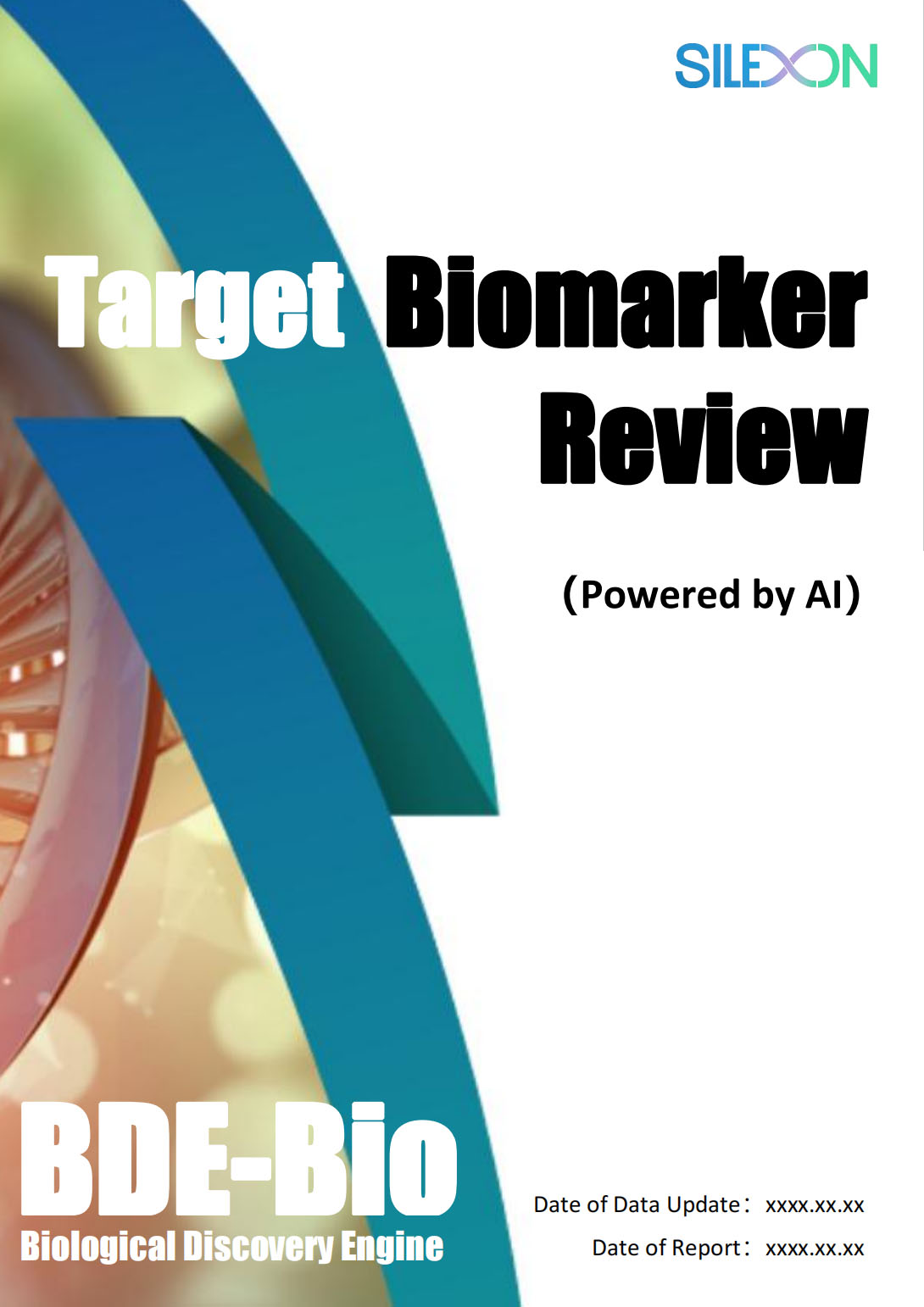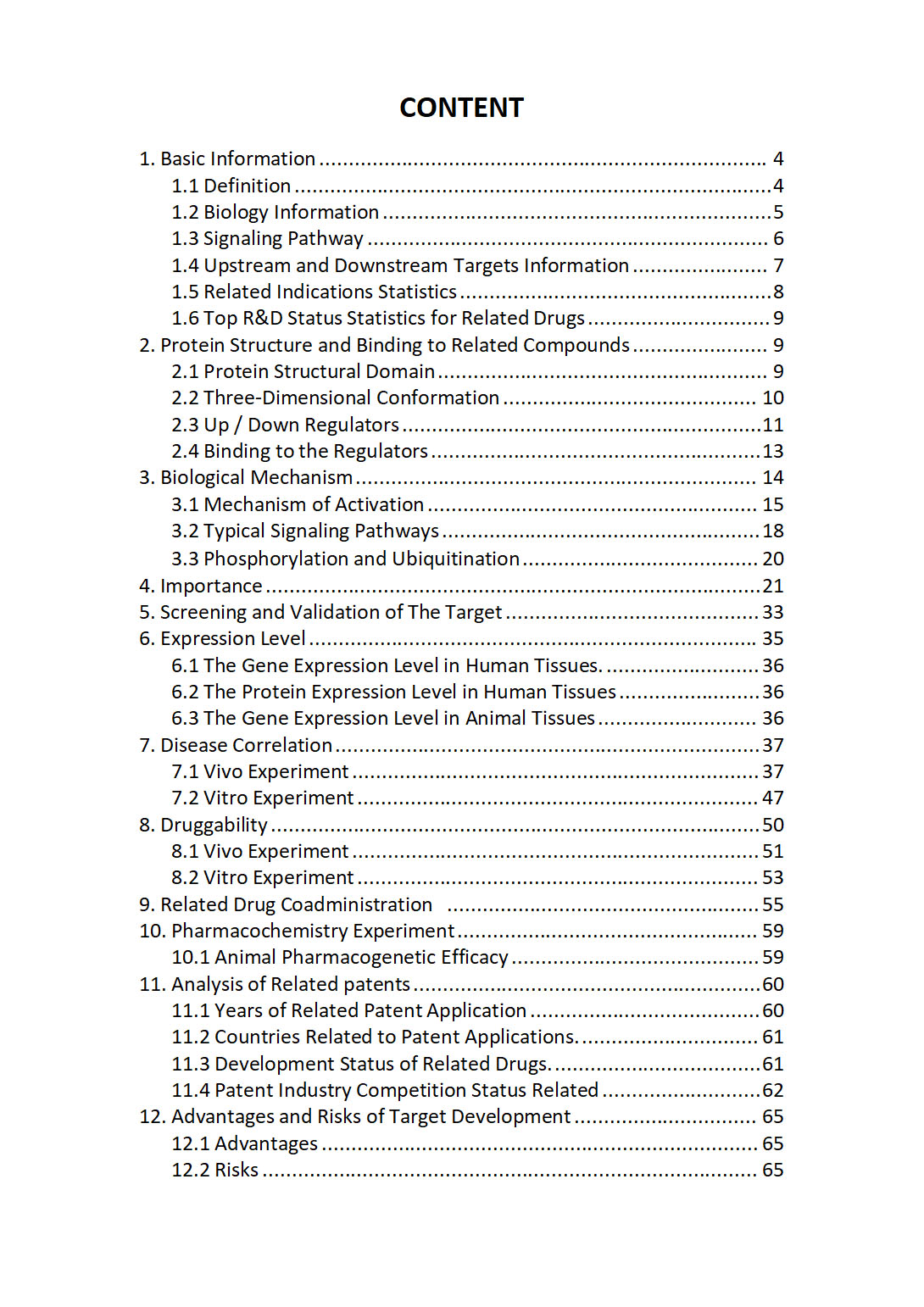Asialoglycoprotein Receptor (ASGPR) (nonspecified subtype) Related Diseases


Related Diseases
1) IgA Nephropathy
Iga Glomerulonephritis, also known as iga nephropathy, is related to tonsillitis and glomerulonephritis. An important gene associated with Iga Glomerulonephritis is IGAN1 (IgA Nephropathy), and among its related pathways/superpathways are CCL18 signaling pathway and Mesenchymal Stem Cells and Lineage-specific Markers. The drugs Benzocaine and Tannic acid have been mentioned in the context of this disorder. Affiliated tissues include kidney, liver and heart, and related phenotypes are renal/urinary system and homeostasis/metabolism
2) Atherosclerosis
Atherosclerosis Susceptibility, also known as atherosclerosis, is related to cerebral atherosclerosis and generalized atherosclerosis, and has symptoms including angina pectoris, chest pain and edema. An important gene associated with Atherosclerosis Susceptibility is ATHS (Atherosclerosis Susceptibility (Lipoprotein Associated)), and among its related pathways/superpathways are "Plasma lipoprotein assembly, remodeling, and clearance" and Interleukin-4 and Interleukin-13 signaling. The drugs Enalaprilat and Enalapril have been mentioned in the context of this disorder. Affiliated tissues include Heart, and related phenotypes are hypertriglyceridemia and myocardial infarction
3) Multiple Sclerosis
Multiple Sclerosis, also known as ms, is related to pediatric multiple sclerosis and autoimmune hepatitis, and has symptoms including back pain, headache and hemiplegia. An important gene associated with Multiple Sclerosis is HLA-DRB1 (Major Histocompatibility Complex, Class II, DR Beta 1), and among its related pathways/superpathways are Phosphorylation of CD3 and TCR zeta chains and Cell differentiation - expanded index. The drugs Acetaminophen and Promethazine have been mentioned in the context of this disorder. Affiliated tissues include Neural Tube and Limb, and related phenotypes are spasticity and diplopia
4) Inflammatory Bowel Disease
Inflammatory Bowel Disease, also known as inflammatory bowel diseases, is related to inflammatory bowel disease 6 and inflammatory bowel disease 9. An important gene associated with Inflammatory Bowel Disease is IL37 (Interleukin 37). The drugs Copper and Zinc cation have been mentioned in the context of this disorder. Affiliated tissues include colon, small intestine and bone marrow.
5) Gout
Gout, also known as gouty arthritis, is related to tubulointerstitial kidney disease, autosomal dominant, 1 and phosphoribosylpyrophosphate synthetase superactivity, and has symptoms including back pain, muscle cramp and sciatica. An important gene associated with Gout is DARS2 (Aspartyl-TRNA Synthetase 2, Mitochondrial), and among its related pathways/superpathways are Toll-Like receptor Signaling Pathways and Drug ADME. The drugs Allopurinol and Febuxostat have been mentioned in the context of this disorder. Affiliated tissues include joint, kidney and skin, and related phenotypes are no effect and no effect
6) Scleroderma
Systemic Scleroderma, also known as scleroderma, is related to scleroderma, familial progressive and diffuse cutaneous systemic sclerosis, and has symptoms including exanthema, pruritus and hidebound skin. An important gene associated with Systemic Scleroderma is TSIX (TSIX Transcript, XIST Antisense RNA), and among its related pathways/superpathways are Akt Signaling and PAK Pathway. The drugs Metronidazole and Tadalafil have been mentioned in the context of this disorder. Affiliated tissues include skin, lung and heart, and related phenotypes are arthralgia and myalgia
7) Rheumatoid Arthritis
Rheumatoid Arthritis, also known as ra, is related to arthritis and psoriatic arthritis, and has symptoms including back pain, muscle cramp and sciatica. An important gene associated with Rheumatoid Arthritis is PTPN22 (Protein Tyrosine Phosphatase Non-Receptor Type 22), and among its related pathways/superpathways are NF-kappaB Signaling and Genes associated with the development of rheumatoid arthritis. The drugs Entecavir and Alendronic acid have been mentioned in the context of this disorder. Affiliated tissues include Cartilage, joint and bone, and related phenotypes are joint stiffness and fatigue
8) Systemic Lupus Erythematosus
Systemic Lupus Erythematosus, also known as lupus nephritis, is related to lupus erythematosus and autoimmune disease, and has symptoms including exanthema, pruritus and lupus-like rash. An important gene associated with Systemic Lupus Erythematosus is TREX1 (Three Prime Repair Exonuclease 1), and among its related pathways/superpathways are Innate Immune System and NF-kappaB Signaling. The drugs Sulfamethoxazole and Trimethoprim have been mentioned in the context of this disorder. Affiliated tissues include Umbilical Cord, bone marrow and skin, and related phenotypes are lupus nephritis and arthritis
9) Fibrosis
Fibrosis of Extraocular Muscles, Congenital, 1, also known as fibrosis of extraocular muscles, congenital, 3b, is related to moebius syndrome and fibrosis of extraocular muscles, congenital, 2, and has symptoms including cachexia, cyanosis and dyspnea. An important gene associated with Fibrosis of Extraocular Muscles, Congenital, 1 is KIF21A (Kinesin Family Member 21A), and among its related pathways/superpathways are Class I MHC mediated antigen processing and presentation and Vesicle-mediated transport. The drugs Angiotensin II and Losartan have been mentioned in the context of this disorder. Affiliated tissues include liver, eye and bone marrow, and related phenotypes are esotropia and exotropia
10) Liver Diseases
Liver Disease, also known as liver diseases, is related to non-alcoholic fatty liver disease and fatty liver disease, and has symptoms including abdominal pain, constipation and diarrhea. An important gene associated with Liver Disease is MEG3 (Maternally Expressed 3), and among its related pathways/superpathways are Metabolism and Nuclear receptors meta-pathway. The drugs Perindopril and Amlodipine have been mentioned in the context of this disorder. Affiliated tissues include liver, bone marrow and kidney, and related phenotypes are Reduced mammosphere formation and liver/biliary system
11) Nephropathy
Kidney Disease, also known as renal failure, is related to chronic kidney disease and polycystic kidney disease, and has symptoms including polyuria An important gene associated with Kidney Disease is TSC1 (TSC Complex Subunit 1), and among its related pathways/superpathways are Ciliopathies and Bardet-Biedl syndrome. The drugs Amiodarone and Nicotinamide have been mentioned in the context of this disorder. Affiliated tissues include kidney, heart and bone marrow, and related phenotypes are homeostasis/metabolism and renal/urinary system
12) Encephalitis
Encephalitis, also known as herpes simplex encephalitis, myelitis or encephalomyelitis, is related to tick-borne encephalitis and herpes simplex encephalitis, and has symptoms including back pain, headache and pain. An important gene associated with Encephalitis is UNC93B1 (Unc-93 Homolog B1, TLR Signaling Regulator), and among its related pathways/superpathways are Innate Immune System and DDX58/IFIH1-mediated induction of interferon-alpha/beta. The drugs Lactitol and Formaldehyde have been mentioned in the context of this disorder. Affiliated tissues include brain, bone marrow and skin, and related phenotypes are immune system and mortality/aging
13) Autoimmune Disease
Autoimmune Disease, also known as autoimmune diseases, is related to vitiligo-associated multiple autoimmune disease susceptibility 1 and systemic lupus erythematosus. An important gene associated with Autoimmune Disease is AIS4 (Autoimmune Disease, Susceptibility To, 4), and among its related pathways/superpathways are Innate Immune System and MIF Mediated Glucocorticoid Regulation. The drugs Sofosbuvir and Ledipasvir have been mentioned in the context of this disorder. Affiliated tissues include t cells, bone marrow and skin, and related phenotypes are autoimmune antibody positivity and endocrine/exocrine gland
14) Sitosterolemia
Sitosterolemia, also known as phytosterolemia, is related to sitosterolemia 2 and sitosterolemia 1, and has symptoms including abdominal pain An important gene associated with Sitosterolemia is ABCG5 (ATP Binding Cassette Subfamily G Member 5), and among its related pathways/superpathways are Metabolism and Transport of inorganic cations/anions and amino acids/oligopeptides. The drugs Ezetimibe and Phytosterol have been mentioned in the context of this disorder. Affiliated tissues include heart, skin and liver, and related phenotypes are no effect and no effect
15) Hyperuricemia
Hyperuricemia, also known as blood urate raized, is related to hyperuricemia, hprt-related and tubulointerstitial kidney disease, autosomal dominant, 1, and has symptoms including cachexia, cyanosis and dyspnea. An important gene associated with Hyperuricemia is UMOD (Uromodulin), and among its related pathways/superpathways are Metabolism and Transport of inorganic cations/anions and amino acids/oligopeptides. The drugs Levoleucovorin and Mecobalamin have been mentioned in the context of this disorder. Affiliated tissues include kidney, heart and liver, and related phenotypes are renal/urinary system and homeostasis/metabolism
16) Hypercholesterolemia
Hypercholesterolemia, Familial, 3, also known as hypercholesterolemia, autosomal dominant, 3, is related to hyperaldosteronism, familial, type iii and strabismus. An important gene associated with Hypercholesterolemia, Familial, 3 is PCSK9 (Proprotein Convertase Subtilisin/Kexin Type 9). The drugs Probucol and Cilostazol have been mentioned in the context of this disorder. Affiliated tissues include heart, endothelial and skin, and related phenotypes are hypercholesterolemia and xanthelasma
17) Hyperlipidemia
Familial Hyperlipidemia, also known as familial hyperlipoproteinemia, is related to hyperlipoproteinemia, type v and hyperlipoproteinemia, type i. An important gene associated with Familial Hyperlipidemia is APOB (Apolipoprotein B), and among its related pathways/superpathways are Metabolism and Transport of inorganic cations/anions and amino acids/oligopeptides. The drugs Evolocumab and Dapagliflozin have been mentioned in the context of this disorder. Affiliated tissues include heart, liver and endothelial, and related phenotypes are no effect and no effect
The "Asialoglycoprotein Receptor (ASGPR) (nonspecified subtype) Target / Biomarker Review Report" is a customizable review of hundreds up to thousends of related scientific research literature by AI technology, covering specific information about Asialoglycoprotein Receptor (ASGPR) (nonspecified subtype) comprehensively including but not limited to:
• general information;
• protein structure and compound binding;
• protein biological mechanisms;
• its importance;
• the target screening and validation;
• expression level;
• disease relevance;
• drug resistance;
• related combination drugs;
• pharmacochemistry experiments;
• related patent analysis;
• advantages and risks of development, etc.
The report is helpful for project application, drug molecule design, research progress updates, publication of research papers, patent applications, etc. If you are interested to get a full version of this report, please feel free to contact us at BD@bio.cacnex.com.
More Common Targets
11beta-Hydroxysteroid Dehydrogenase | 14-3-3 Protein | 15-Lipoxygenase | 17-beta-Hydroxysteroid dehydrogenase | 28S ribosomal subunit, mitochondrial | 3-Ketoacyl-CoA Thiolase (3-KAT) | 39S ribosomal subunit, mitochondrial | 4EHP-GYF2 complex | 5-Hydroxytryptamine Receptor | 5-Hydroxytryptamine Receptor 1 (5-HT1) | 5-Hydroxytryptamine Receptor 2 (5-HT2) | 60S Ribosome | 9-1-1 cell-cycle checkpoint response complex | A-Kinase Anchor Proteins | A1BG | A1BG-AS1 | A1CF | A2M | A2M-AS1 | A2ML1 | A2MP1 | A3GALT2 | A4GALT | A4GNT | AAAS | AACS | AACSP1 | AADAC | AADACL2 | AADACL2-AS1 | AADACL3 | AADACL4 | AADACP1 | AADAT | AAGAB | AAK1 | AAMDC | AAMP | AANAT | AAR2 | AARD | AARS1 | AARS2 | AARSD1 | AASDH | AASDHPPT | AASS | AATBC | AATF | AATK | ABALON | ABAT | ABCA1 | ABCA10 | ABCA11P | ABCA12 | ABCA13 | ABCA17P | ABCA2 | ABCA3 | ABCA4 | ABCA5 | ABCA6 | ABCA7 | ABCA8 | ABCA9 | ABCB1 | ABCB10 | ABCB11 | ABCB4 | ABCB5 | ABCB6 | ABCB7 | ABCB8 | ABCB9 | ABCC1 | ABCC10 | ABCC11 | ABCC12 | ABCC13 | ABCC2 | ABCC3 | ABCC4 | ABCC5 | ABCC6 | ABCC6P1 | ABCC6P2 | ABCC8 | ABCC9 | ABCD1 | ABCD2 | ABCD3 | ABCD4 | ABCE1 | ABCF1 | ABCF1-DT | ABCF2 | ABCF3 | ABCG1 | ABCG2
CONTACT
BD@bio.cacnex.com
2025© Cacnex Consulting Ltd. All Rights Reserved

